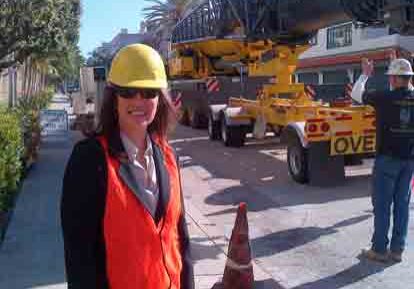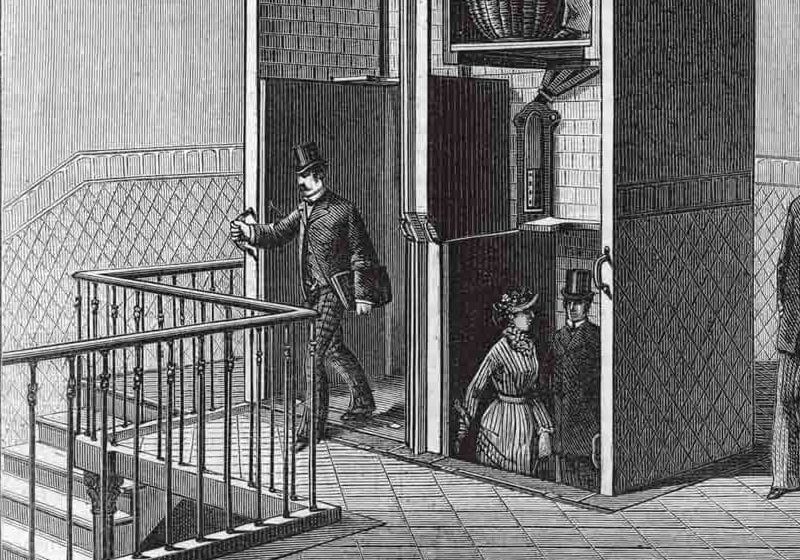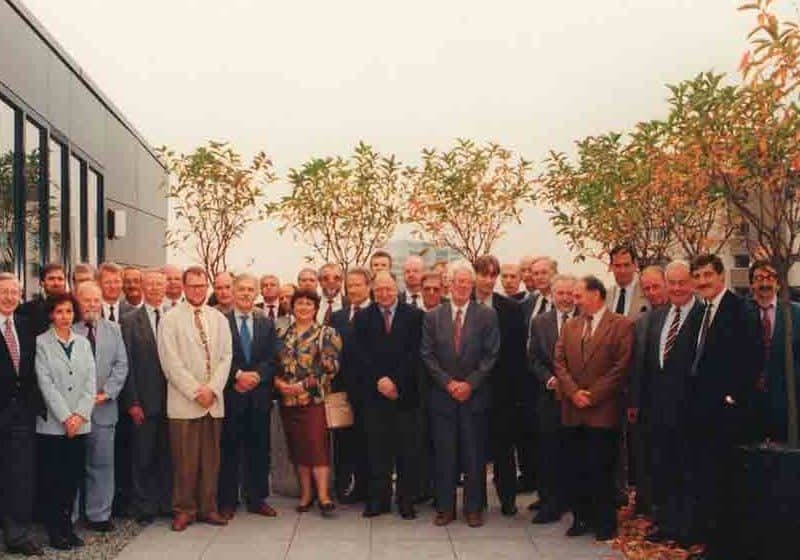Touchscreens Installed in NYC Museums
May 1, 2012

The elevators in two of New York City’s (NYC) widely known museums are equipped with touchscreens as part of their modernizations.
During construction in 1940, the Solomon R. Guggenheim Museum, most commonly known as The Guggenheim, was hailed as the signature project for New York City (NYC) architecture. Now, 70 years later, the museum has added another signature piece to its interior. The initial installation of ele-vator Touch-To-Go touchscreens, man-ufactured by MAD Elevator Fixtures and Touch to Go Technologies, has brought a new dimension to the Guggen-heim. This installation was completed by Centennial Elevator Co. from Astoria, New York, and is one of the first touch-screen applications installed and op-erating in NYC. Two elevator cars in the Guggenheim’s business office, as well as the rotunda car in the museum itself, were modernized and installed with the Touch-To-Go (TTG) system.
The installation was completed in August 2011, was approved by the city and has been running smoothly since. The Guggenheim’s chief build-ing engineer, Boris Kesselman, gave a tour of the building and said the TTG system was a “showpiece for the Guggenheim, especially the museum car.” Kesselman said the building is never closed: “There are people always working in here from building opera-tions, as well as visiting the museum itself; it’s a 24/7 building.”
In addition to being a well-known museum, the Guggenheim is frequently used as a destination and host for fundraising galas, private parties and other functions. For private functions, TTG system graphics in the elevators can be easily changed. A graphics man-ager can design images for museum displays, in addition to adding graphics tailored to specific events. Using the computer scheduling function is easy and can be downloaded from a USB port, and the changes can be made and timed so no additional labor is required.
Frank Arsis, modernization project manager for Centennial Elevator, said, “We installed Galaxy controllers, and the startup went seamlessly, the screens fired right up and were working from the get-go.” Arsis also said customers like the ease of changing the graphics: “They have ownership of it, and we don’t have to come in and open any cabinets if they wish to make graphics changes; they can do it themselves, and it saves them from having to make a call to us.”
When the Guggenheim project was completed and turned over to the customer, Centennial Elevator began its second TTG installation at the Studio Museum of Harlem, also in NYC. This project consists of the moderniza-tion of two existing elevators with new machines and Smart Rise con-trollers. The museum opened in 1968 and has been displaying and exhibit-ing artwork since. At press time, the first car had been turned over to the customer, and onsite reactions were positive. Tony Corrado, lead mechanic for Centennial Elevator, explained, “Since the first car has been turned over we have not had to answer one question on the touchscreens. Attendees have picked it right up, and training was not an issue.” Additional comments confirmed startup went smoothly.
Corrado added, “The graphics came right up . . . without any adjustment by us, as far as the screen clarity was concerned.” At press time, the second car was beginning its modernization startup and should be completed by May or June.
The TTG system is now available as a car-operating panel in touchscreen format. These systems, although com-pleted in modernization applications, are adaptable to all installations whether the project involves new construction or an existing building. Museums seem to be an appropriate fit for the TTG system. However, in Canada, more than 90 TTG systems have been in-stalled in commercial, residential, institutional (hospital) and airport set-tings, allowing building owners to not only enhance their properties, but also provide tenants and customers an interactive experience.
Get more of Elevator World. Sign up for our free e-newsletter.









